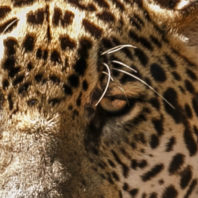
To Think Like a Mountain: Environmental challenges in the American West
Niels Sparre Nokkentved
WSU Press: 2019
“Thinking like a mountain” is the name of a short essay from Aldo Leopold’s 1949 book A Sand County Almanac. In it, he reflects on an old wolf he shot and killed as a young hunter and how he came to realize wolves play a critical role between prey, such as deer and elk, and the flora of the forest and other natural habitats. He lamented humans need to learn to think … » More …










